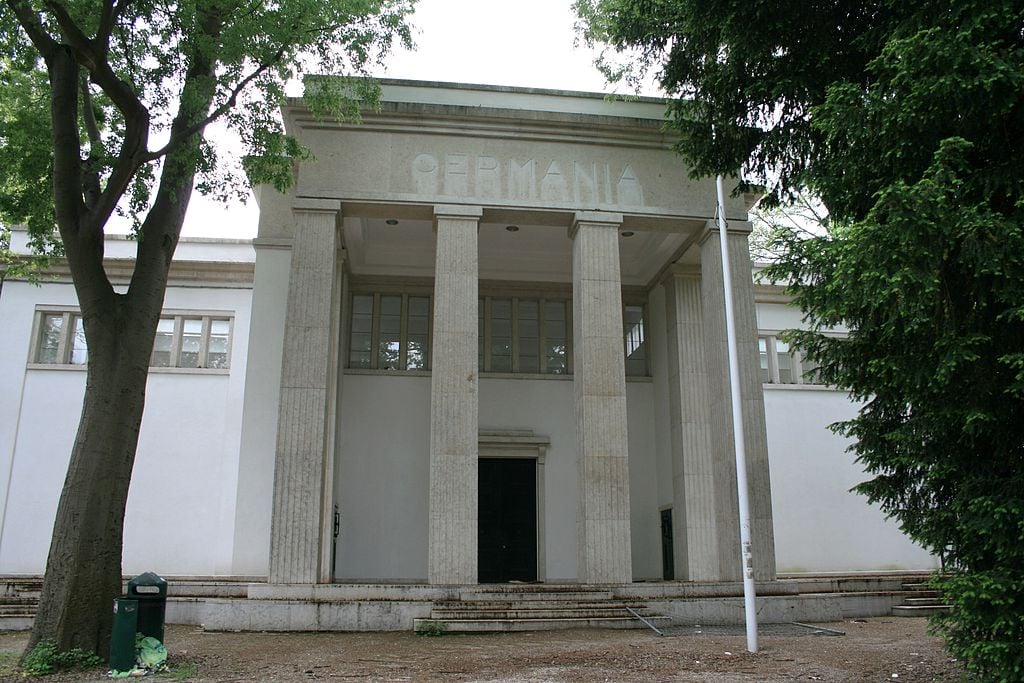
Following Anne Imhof’s Golden Lion-winning contribution to the 2017 Venice Biennale, Germany has selected Natascha Sadr Haghighian to represent the country at the upcoming edition in 2019. The choice comes as something of a surprise given that the little-known artist has had hardly any institutional backing and has never had a solo museum show in Germany.
In a memorable first media appearance, Haghighian made sure to add to the intrigue, appointing Helene Duldung to act as her personal spokesperson. Speaking on the artist’s behalf at a press conference in Berlin on Thursday, Duldung announced that the artist will change her name to Natascha Süder Happelmann for the project. The alias, she explained, is a computer-generated amalgamation of autocorrected and misspelled variants of her name taken from 30 years of correspondence with various government agencies.
In her highly political work, the multidisciplinary artist uses performance, installation, sound, and text to explore the themes of culture, identity, and belonging.
This is not the first time the artist has played with the notion of identity—the refusal to be categorized by conventional biographical information permeates much of Haghighian’s work. In 2004, she launched the website, bioswap.net, enabling people to borrow parts of each other’s résumés. And her Wikipedia entry includes multiple pieces of conflicting information about her identity. For instance, her birthplace is listed as “born Budapest, 1987 or Sachsenheim, 1968 or Australia, 1979 or Munich, 1979 or Tehran, 1967 or London, 1966 or Iran, 1953.”
Rather than address political issues squarely, Haghighian more often chooses to deal with open secrets and taboos of contemporary culture. In her 2013 show at Berlin’s Galerie König, the artist dove into the issue of the arms trade by building a replica of a German Leopard 2A7+ tank to raise awareness of the little-known fact that Germany is the world’s third largest arms exporter. In an accompanying sound recording, Haghighian read aloud various documents on government-authorized violence.
For documenta 14, Haghighian joined the artist collective Society of Friends of Halit to investigate the 2006 murder of the 21-year-old son of Turkish immigrants Halit Yozgut, who was killed by a Neo-Nazi terrorist group in Kassel. For the show, she exhibited the results of a computer-generated collaboration with forensics experts to uncover new leads in the case.
Germany’s pavilion in the biennial will be organized by Hungarian-born Franciska Zólyom, director of Leipzig’s Museum of Contemporary Art since 2012. The curator, however, wasn’t tipping her hand about what Haghighian’s contribution might look like. “We must all be patient until May 2019,” she said.